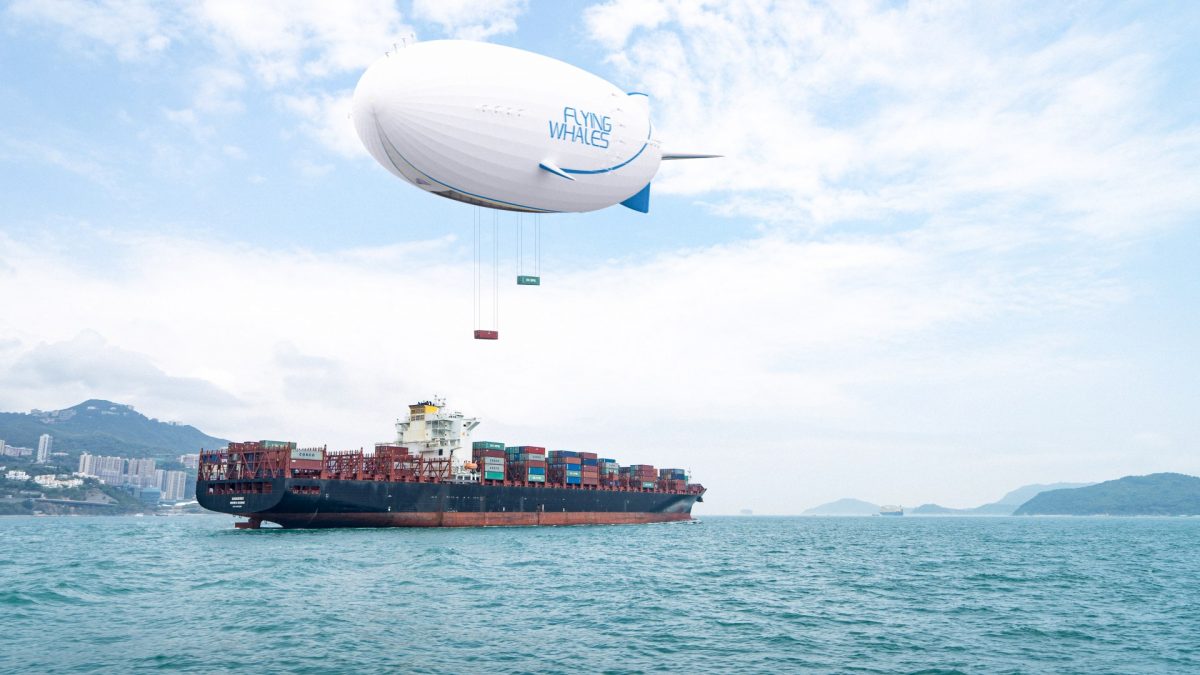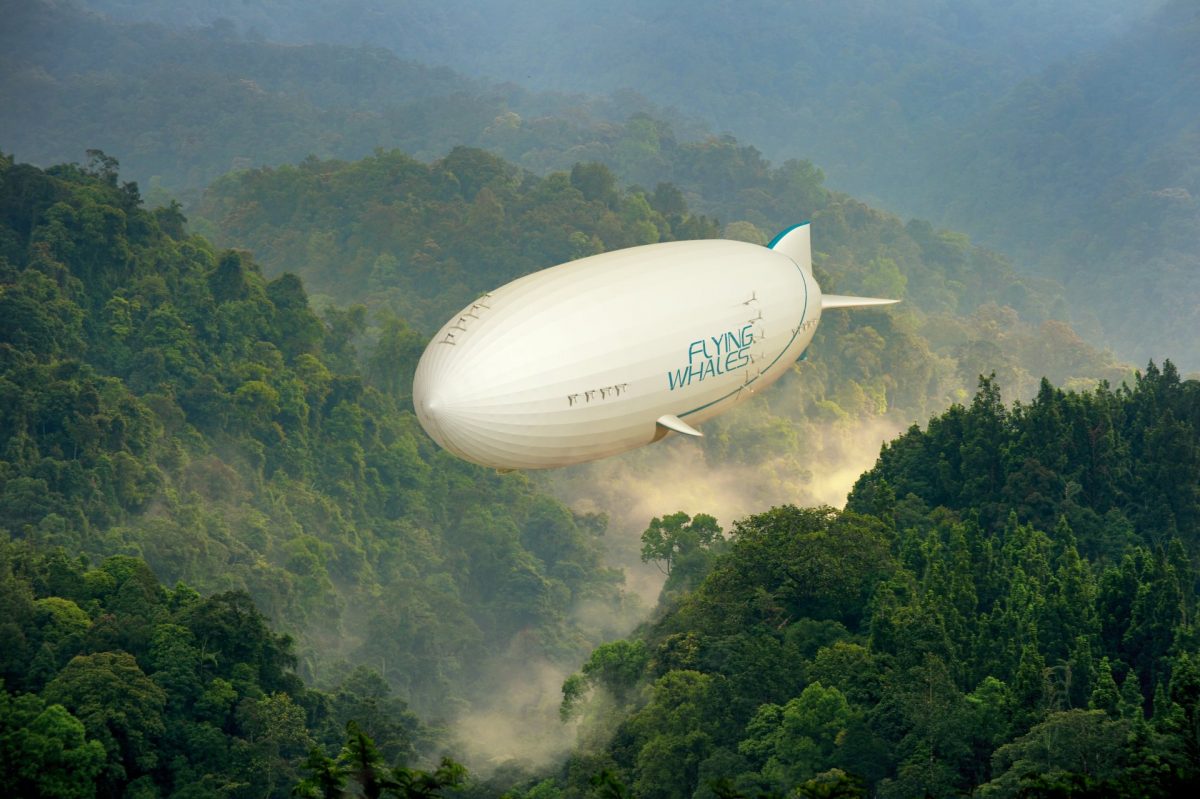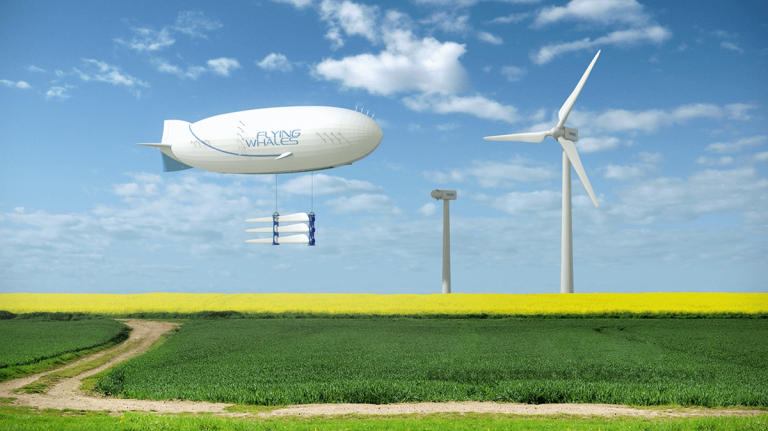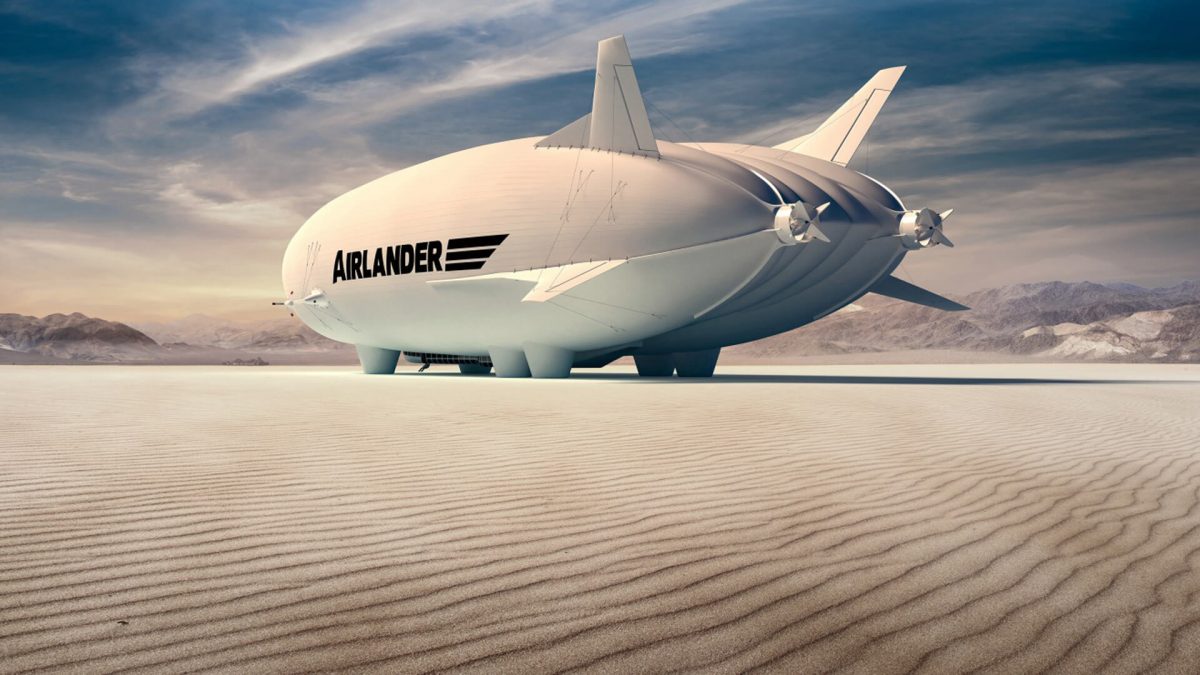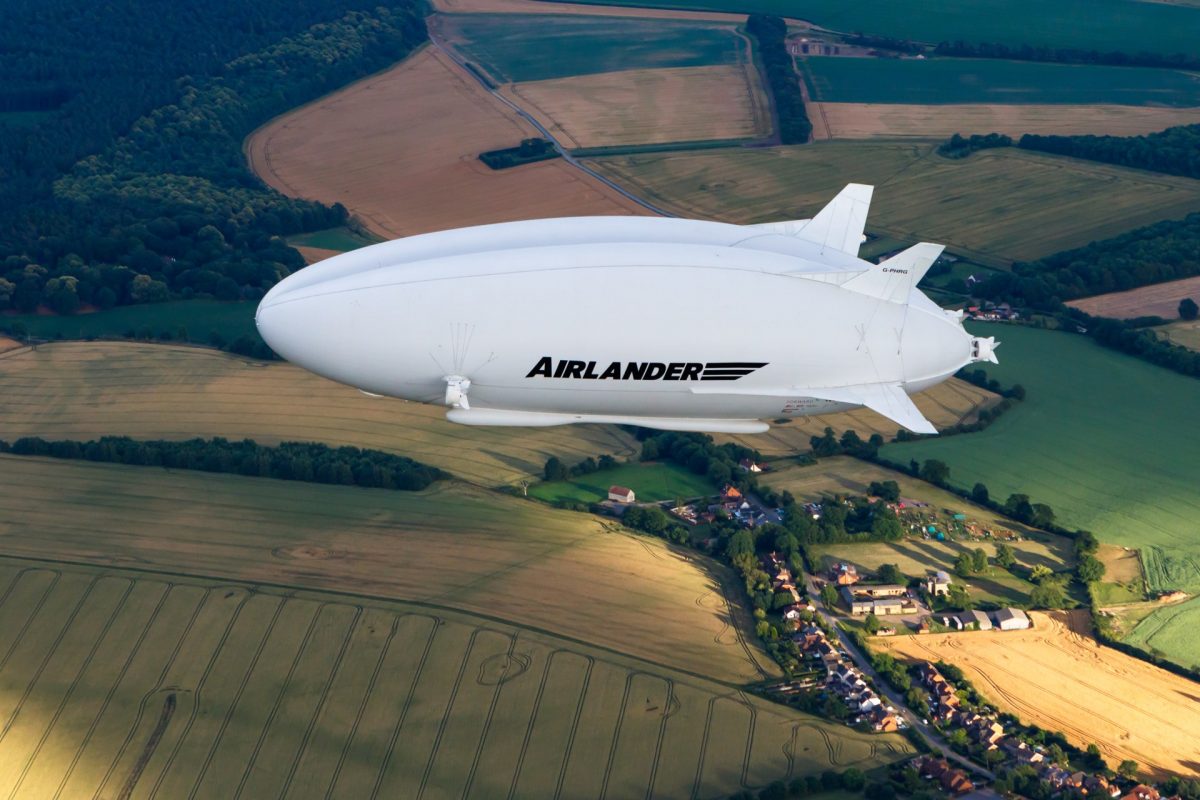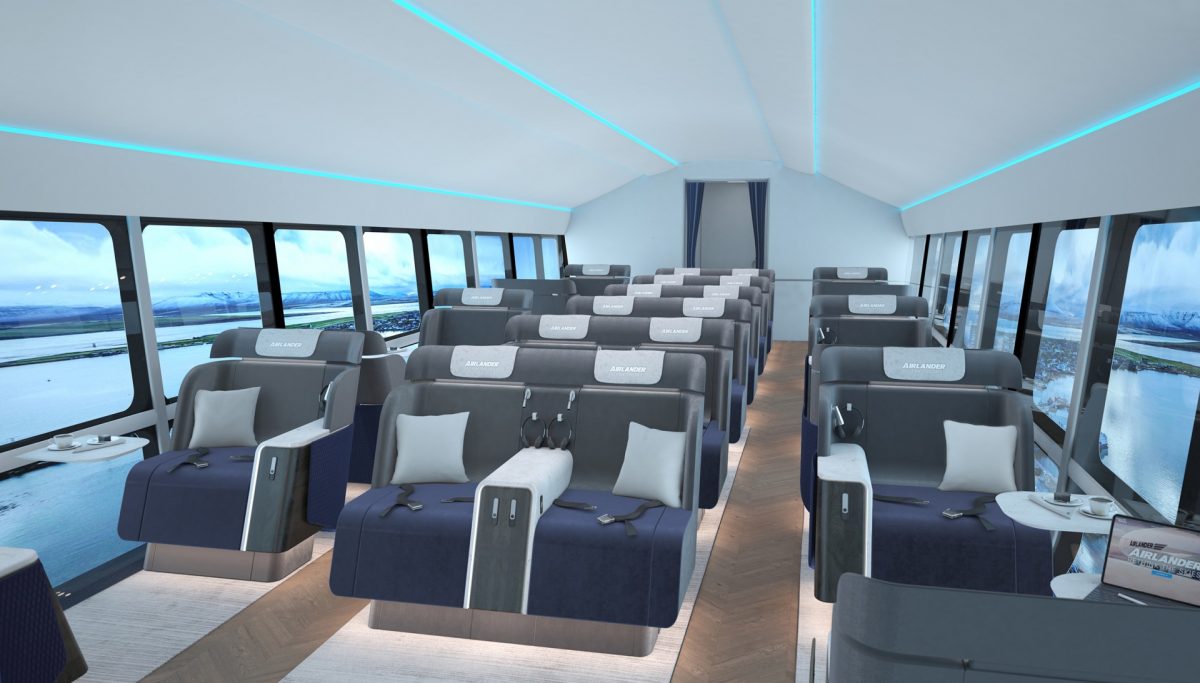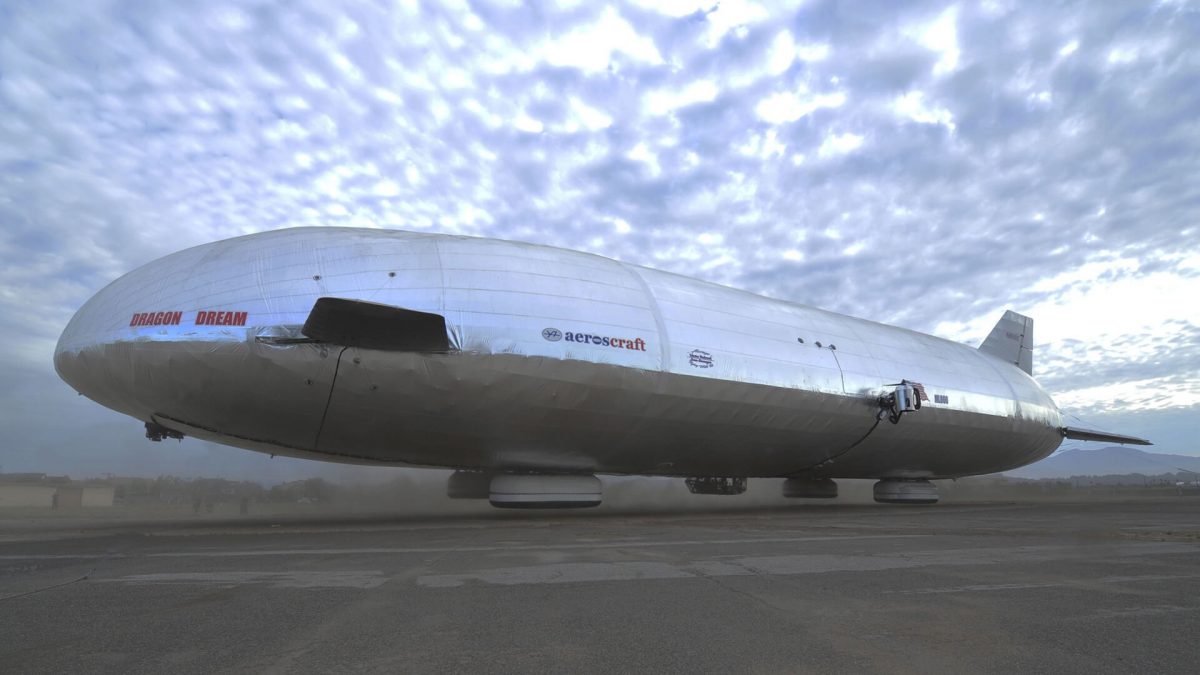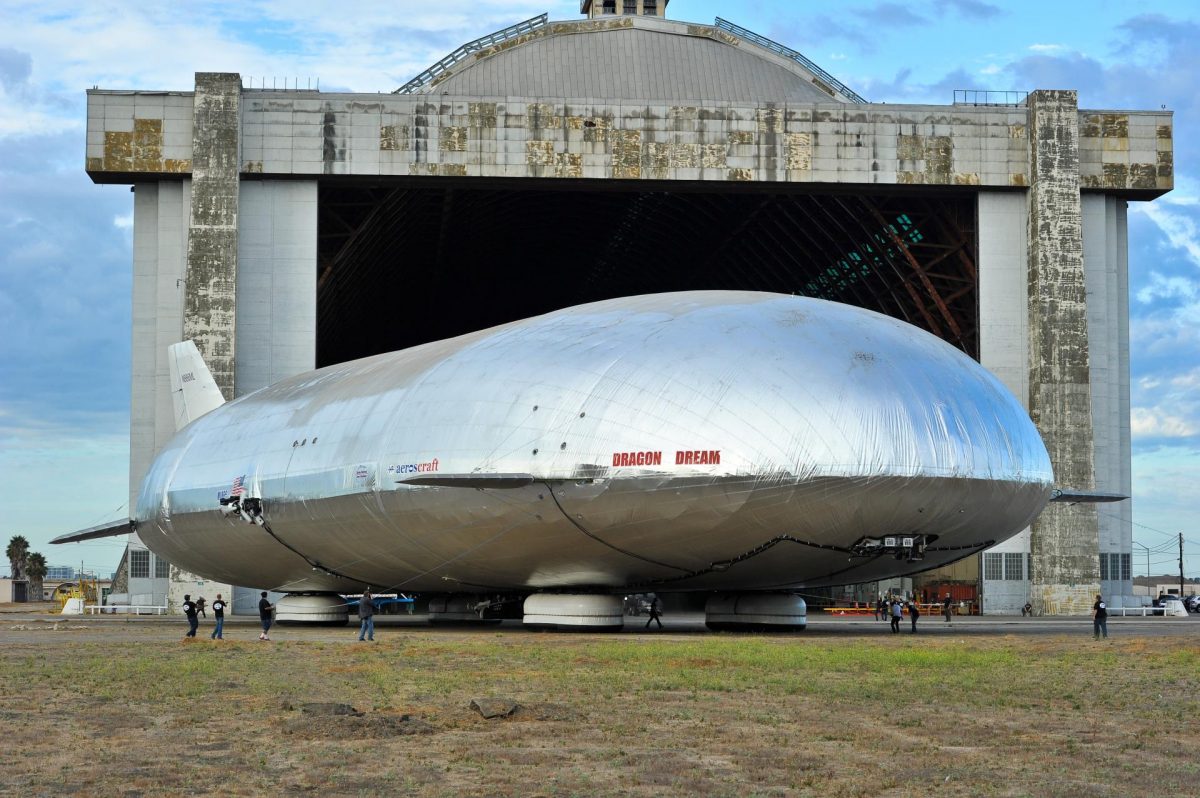Airships remain an underutilized mode of transportation. However, they possess advantages over airplanes and helicopters that are increasingly relevant in the current era of environmental and economic concerns.
Airships do not require complex infrastructure or multiple ground teams to maintain them and can take off and land on any flat surface, including water. This means that there is no need to build airports, runways, or mooring masts, which were necessary in the early days of airship construction in the late 19th century. In a country, where hundreds of settlements are located in hard-to-reach Arctic regions, aren’t airships the best way to ensure transportation accessibility? They have a higher cargo capacity than any other aircraft, and large structures can be delivered in one piece, on external suspension, without needing to be dismantled and assembled. You do not even need the crew, as modern avionics and navigation equipment allow cargo transportation in unmanned mode.
Airships are known for their impressive size, which gives them great sailage. However, this can be an issue during mooring in strong wind. On the other hand, airships are virtually immune to turbulence compared to commercial airplanes thanks to their dimensions. While these aerial giants may not be particularly fast or maneuverable, they are perfect for photography and videography, rescue operations, forest patrols, control of pipelines and power lines, as well as VIP tourism where sightseeing is the main focus. Finally, one of the greatest advantages of airships is their efficient electric traction system, which makes them completely silent and environmentally friendly. The inert helium gas that they are now filled with is non-flammable. In addition, air travel in these vehicles is generally safe. Even in case of a complete engine failure, the airship will not fall but rather float in the sky like a balloon. If the shell is damaged, it will lose “buoyancy” very slowly.
While there are few opportunities to travel by airship, some countries such as Switzerland, Germany, and the USA offer sightseeing tours on 12-seater Zeppelin NTs. In Russia, tourists travel in the Au-30s eight-seater of the Augur aeronautical center. However, many businesspeople have recognized the potential, and soon we seem to be in for a real boom in airship construction. Dozens of companies have committed to creating an environmentally friendly alternative to traditional aviation recently. By 2025, the British company Hybrid Air Vehicles aims to complete the creation of a 92-meter hybrid airship called Airlander 10. It will have a passenger capacity of up to 100 people, and the company plans to open regular air traffic on exotic routes to Spitsbergen and the North Pole, as well as on routine lines such as Liverpool–Belfast (5 hours 20 minutes) or Barcelona–Palma de Mallorca (4.5 hours).
In the fall of 2023, LTA Research and Exploration, a California-based startup founded by Google founder Sergey Brin, began flight testing their airship prototype Pathfinder 1. The prototype is 124 meters long, has 14 seats, and is powered by 12 electric motors that are fueled by two 150-kW diesel generators and 24 lithium-ion batteries. In the future, the company plans to build larger models like Pathfinder 3, which will be 180 meters long and more powerful with hydrogen propulsion systems, starting with 0.75 MW and eventually increasing to 1.5 MW.
Atlas LTA Advanced Technology, a Russian and later Israeli company, has also developed and is ready to build several airship models like Atlas (60.4 and 72.5 meters) and Atlant (98, 140, and 198 meters). These airships are designed for both cargo and humanitarian missions as well as tourism. The tourist models will have large deck areas and solid glazing to provide a level of comfort that is unattainable on any other aircraft.
Aeroscraft ML866 is a “flying yacht” manufactured by the American company Worldwide Aeros Corp. It is an ultra-luxurious aircraft with a length of 169 meters and a width of 29 meters, providing an internal usable space of approximately 557 square meters.
Photo: press-office
